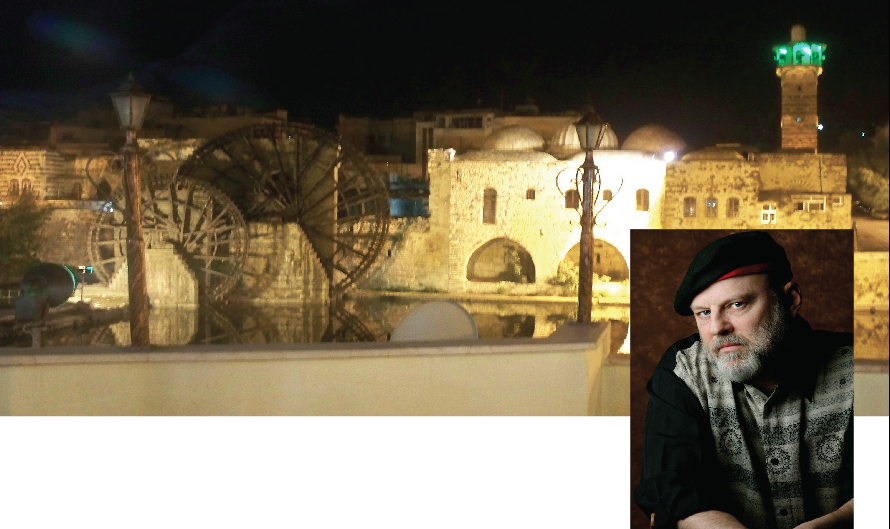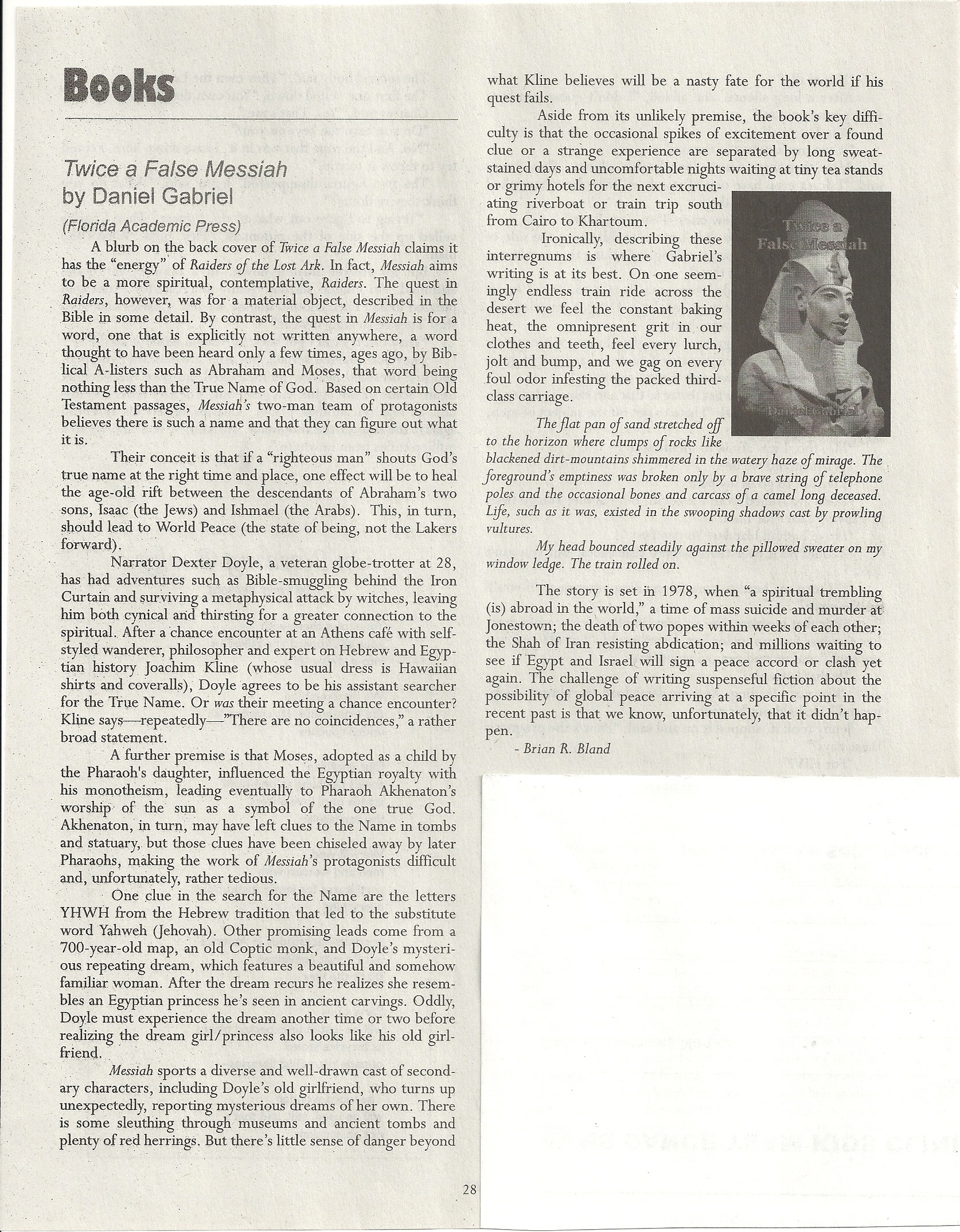24 July 2013
The last word in the title of this post can be read as either a noun or a verb. What is not a matter for debate is the joy I receive each year from teaching at this conference. I’ve been doing it steadily since YAC’s inception in 1990. Each day hundreds of 4th-8th graders from around the Twin Cities metro area pour into the halls of Bethel University to discover the wonders of working with professional writers. There are a couple dozen of us each year, covering the waterfront of genres and styles. Some years I do “Creating Characters.” Other times it’s “Doing Dialogue,” or “Starting Stories.” (And, no, there’s no requirement that session titles consist of two alliterative words.)
Whatever the title, the point of the sessions is to give eager young writers some fresh tools for their tool box, and to inspire them to keep digging deep inside themselves for expression and insight. As I tell the students, “We’re not all on the same road; we’re not all heading in the same direction. But wherever you are and wherever you’re going, it’s my job to move you further down the road of writing.” And then we take off, going a mile a minute and bouncing back and forth with bits and pieces of text, questions, story slices, and the like. For some of these kids, this is the first time they’ve ever been in a room filled with other dedicated young readers and writers. No longer are they the oddball who actually enjoys cracking a book. Now they’re trading favorite authors and offering up exceptions to every rule proposed. (As I say, “This is creative writing. Every rule can be broken—but before you do, you better know what the rules are, or there’ll be no creativity in the breakage.”)

Not actually from YAC, but this photo shows the author in action during a COMPAS Summer Writing Workshop in 1987.
The conference is run by the wise and energetic souls at Success Beyond the Classroom (particularly Gina Jacobson), and after the conference ends they send out examples of student feedback. I treasure these lists. Who wouldn’t? Here are some comments from the past two years from participants in my sessions:
“We got to do things for ourselves and learned new things versus reviewing the old ones.”
“He didn’t lecture on, and we switched off between talking and having us do stuff. He was funny.”
“I learned a ton in this class and got a chance to write, revise, and write more.”
“Because he really gave me a lot of good ways I should start my story and make good things happen so the reader can get hooked on it.”
“I enjoyed this session the most because dialogue is something I desperately need to work on and it improved my writing already.”
“I enjoyed this session because it was fun, the class kept moving forward, new techniques were taught, and I really enjoyed his thoughts.”
“I learned that when using dialogue I can show it in many different ways. Finding new ways of doing that was great.”
“I didn’t want to stop writing in this session!”
“I got to write an amazing story with a great beginning.”
There’s plenty more where those came from, but the point of listing them is to show that these young folks are serious about their work. A surprising number come up to me each year and say they’re writing a book already, or have a series of stories underway. I’m looking forward to seeing some of those names on the spines of books at my local library.

What I’m talking about: from 1989 Summer Writing Workshop, the girl on the left is Vaddey Ratner, author of IN THE SHADOW OF THE BANYAN
Each year, when the conference is over, I drive away with fragments of conversations still bouncing around my head as I return to my own work with a renewed sense of vigor and enthusiasm.



